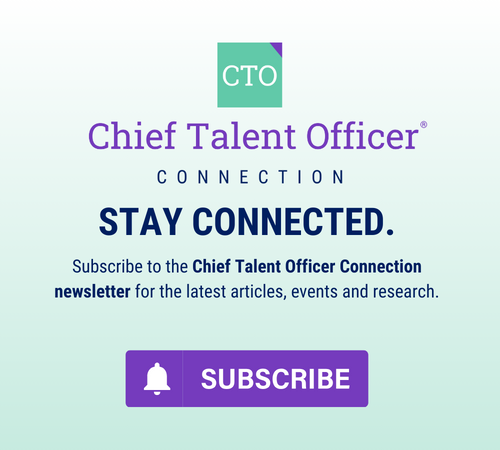-
Don’t overlook this one essential element in your remote onboarding strategy
The most critical aspect of remote onboarding is often the most overlooked: trust.
-
Shaping the future of employee experience
Organizations that are successful beyond 2023 will align individual performance to their strategy with a strong culture in a hybrid working environment.
-
5 tips on aligning career growth opportunities with organizational talent priorities
Career growth and talent priorities should always be connected. Here’s what you should know about what happens when these two misalign and how to prevent it.
-
Career pathing must start with a focus on exploration
Companies looking to expand their career pathing opportunities should pair skills development with interactive career exploration programs.
-
How to make career pathing the core of your employer value proposition
Making career pathing part of your EVP will ensure you are helping employees envision and plan for a future with your organization, giving them a reason to join – and stay.
-
7 advantages of making career pathing the pillar of your employer value proposition
Career pathing isn’t easy, but the rewards far outweigh the efforts.
-
From layoffs to growth: How to upgrade when you downsize
By learning how to shift your organization’s approach to change, your company can survive and thrive during these trying times.
-
The top 4 priorities for tomorrow’s workforce
While we cannot prepare for every eventuality, a corporate strategy that prioritizes employee readiness and skill development offers a robust roadmap for growth, no matter what comes next.
-
The apprenticeship renaissance: Why a time-tested career pathway might be the best way to close talent gaps
As talent gaps grow ever wider and retaining talent becomes more challenging, the tried-and-true apprenticeship model offers the best way forward for companies and employees alike.
-
Smart managers need to help employees cope with the growing threat of global inflation
Support employees to build and improve 5 important transformational capabilities to help your workforce better cope with the impact of inflation.
- BUDDY PASS NOW AVAILABLE on CLO Symposium Registration, CLO Accelerator Enrollment and Membership.
- BUDDY PASS NOW AVAILABLE on CLO Symposium Registration, CLO Accelerator Enrollment and Membership.
- BUDDY PASS NOW AVAILABLE on CLO Symposium Registration, CLO Accelerator Enrollment and Membership.
- BUDDY PASS NOW AVAILABLE on CLO Symposium Registration, CLO Accelerator Enrollment and Membership.

A talent strategy shapes an organization and outlines the processes, goals and methods the organization needs to see a transformation in their talent management programs and corporate development in order to innovate into the future.




















